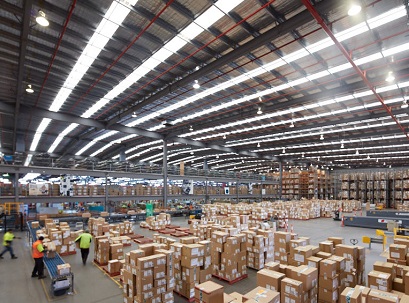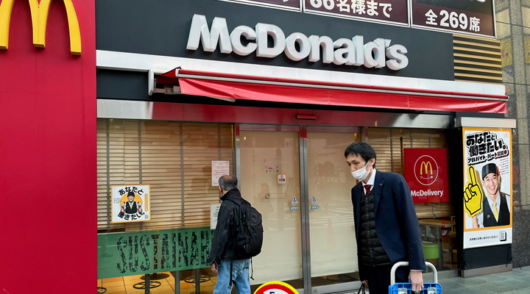
Australia’s logistics landscape is poised for growth and is the top market to watch out for in Southeast Asia, a recent Savills survey showed.
Savills’ new report on the leaders and laggards of online retail shows that worldwide, e-commerce is expanding fast and the rise of online retail is transforming the global logistics landscape.
Kevin Mofid, director of Savills Industrial Research, said the logistics market in the UK, which is Europe’s online retail leader, underwent significant growth after 2012, the point at which online reached 11 per cent of total retail sales.
“By looking at the different European logistics markets and where they are compared with the UK in circa 2012, it should help to forecast how this rapid shift in demand might be replicated,” Mofid said.
He said the Netherlands, Germany, France, Denmark and Sweden are all on the cusp of significant transformation on this basis.
“Australia is the one to watch in Asia-Pacific,” Mofid said.
Savills’ research showed China is the biggest e-commerce market in the world with more than one quarter of all retail spending now conducted online.
“Its position as global leader is down to a number of factors,” Savills said.
“First, China’s population has embraced mobile payments. Alipay and WeChat Pay are owned by, and tightly integrated with, the major e-commerce retailers, making online shopping completely seamless.”
The study showed China’s logistics market is dominated by two players, although more are emerging every day, Alibaba and its major rival JD.com.
Alibaba is the majority owner of Cainiao Smart Logistics Network, a collaborative venture between Alibaba and a number of logistics companies and financial institutions. Cainiao currently processes 100 million packages a day, and is aiming to process one billion a day in a decade.
JD.com (Jingdong) has developed its own logistics network.
With a figure of just over 24 per cent, South Korea has the second-highest e-commerce penetration rate in the world.
According to Savills Korea Research & Consultancy, there are about 400 logistics centres of more than 10,000sqm in the Seoul metropolitan area (SMA). There is an estimated pipeline in the SMA of 1.8 million sqm in 2018 and 1.9 million sqm in 2019, of which 25 per cent is pre-let or marked for own use.
While European and many Asian markets benefit from high population densities, Australia, Canada, and, to some extent, the US, have to contend with more dispersed populations.
“This directly impacts efficiencies in delivery,” according to the study. “For example, Amazon’s Prime service offers a two-day delivery as standard in the US, compared with a default one-day delivery in the UK.”
“For high population density areas such as the Northeast Corridor (Boston to Washington DC), Amazon has implemented a one-day delivery service by establishing several fulfilment centres across the region, through build-to-suit or repurposing of existing real estate. The US has been a pioneer in repurposing redundant retail, with a growing trend of retail to fulfilment centre conversions (read more here).”
Adam Petrillo, Savills head of Industrial Services in North America, said they anticipate that the US online retail penetration rate will continue to inch up steadily.
“It may not be a huge double-digit jump, but a sustainable growth that companies should have a robust omnichannel strategy to support it.”





